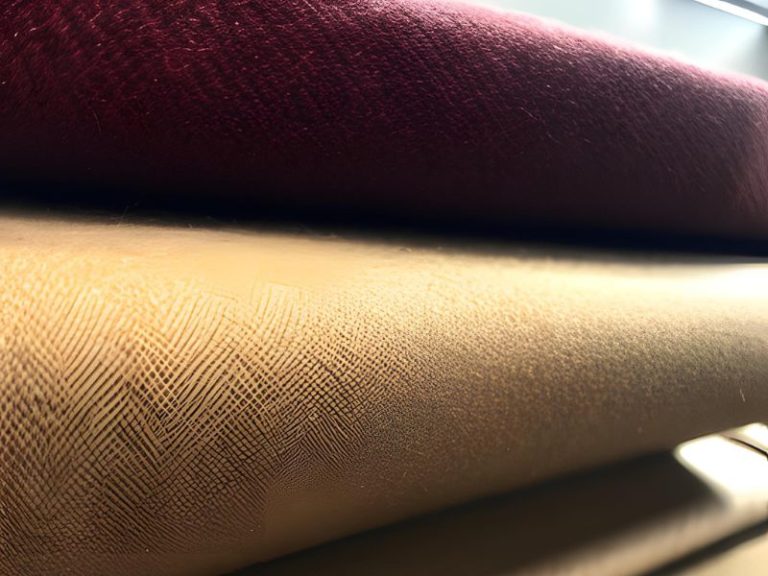Is Camel Wool Itchy?
Camel wool, known for its warmth and insulation properties, has gained popularity in the textile industry. However, there is a common concern among consumers: Is camel wool itchy?
Is Camel Wool Itchy? Unraveling the Myth
Contrary to popular belief, camel wool is not inherently itchy. In fact, it is renowned for its softness and smooth texture. The unique structure of camel hair fibers contributes to their comfort and itch-free nature. The fine diameter and natural oils present in camel wool make it incredibly soft to the touch.
Furthermore, camel wool’s thermal insulation properties are another reason for its reputation as a comfortable and non-itchy material. These fibers possess the remarkable ability to regulate temperature effectively, keeping you warm in colder climates while remaining breathable to prevent overheating. This dual functionality enhances the overall comfort of camel wool garments, making them a preferred choice for those seeking both coziness and itch-free wear.
The Comfort of Camel Wool
Camel wool provides a delightful sensory experience due to its remarkable comfort. When compared to other types of wool, such as sheep’s wool, camel wool surpasses in terms of softness and lack of itchiness. The inherent qualities of camel wool fibers make them gentle against the skin, ensuring a cozy and pleasant wearing experience.
Camel wool, prized for its exceptional comfort, stems from several unique fiber attributes that set it apart from sheep’s wool and other materials. The fineness of camel wool fibers, with diameters often measuring below 20 micrometers, contributes significantly to its softness. Moreover, these fibers are naturally smoother, reducing the likelihood of itching or irritation when in contact with the skin. Additionally, camel wool possesses remarkable moisture-wicking properties, effectively regulating humidity levels and providing year-round comfort. This natural moisture control, combined with its insulating abilities, ensures that camel wool garments maintain a comfortable and cozy feel regardless of the weather conditions.
The Structure of Camel Wool Fibers
To understand why camel wool is so comfortable, let’s take a closer look at the structure of its fibers. Camel hair consists of two distinct types of fibers: guard hairs and undercoat. The guard hairs are coarser and longer, providing protection against the harsh desert environment. On the other hand, the undercoat, also known as the down, is the soft and insulating layer close to the camel’s skin.
The undercoat fibers are responsible for the luxurious feel and comfort of camel wool. They are exceptionally fine, measuring only a few micrometers in diameter. This fineness, combined with the natural oils present in the wool, creates a smooth and soft texture that glides effortlessly against the skin.
Conclusion
In conclusion, the myth that camel wool is itchy is simply not true. Camel wool is a luxurious and comfortable material that provides a delightful wearing experience. With its softness, breathability, and moisture management properties, camel wool stands as an excellent choice for individuals seeking both comfort and functionality in their garments.
Frequently Asked Questions
Is camel wool suitable for individuals with sensitive skin?
Yes, camel wool is often well-tolerated by individuals with sensitive skin. The softness and smoothness of camel wool fibers make it less likely to cause irritation or itching. However, it is always recommended to perform a patch test or consult with a dermatologist if you have specific sensitivities or allergies.
Can camel wool be worn directly against the skin?
Absolutely! Many people enjoy the luxurious feel of camel wool against their skin and choose to wear garments made from camel wool without an additional layer. Thanks to its inherent softness and lack of itchiness, camel wool can provide a comfortable experience when worn directly against the skin.
How does camel wool compare to other types of wool?
Camel wool stands out from other types of wool due to its superior softness and comfort. Compared to sheep’s wool, which can sometimes cause itching, camel wool is much gentler on the skin. Additionally, camel wool offers excellent insulation and moisture management properties, making it a versatile choice for various climates.
Can camel wool be blended with other fibers?
Yes, camel wool can be blended with other fibers to enhance certain properties or create unique fabric blends. For example, camel wool can be combined with silk for added luster and strength or blended with cashmere for increased softness and warmth. These blends offer an array of options to cater to individual preferences and requirements.







